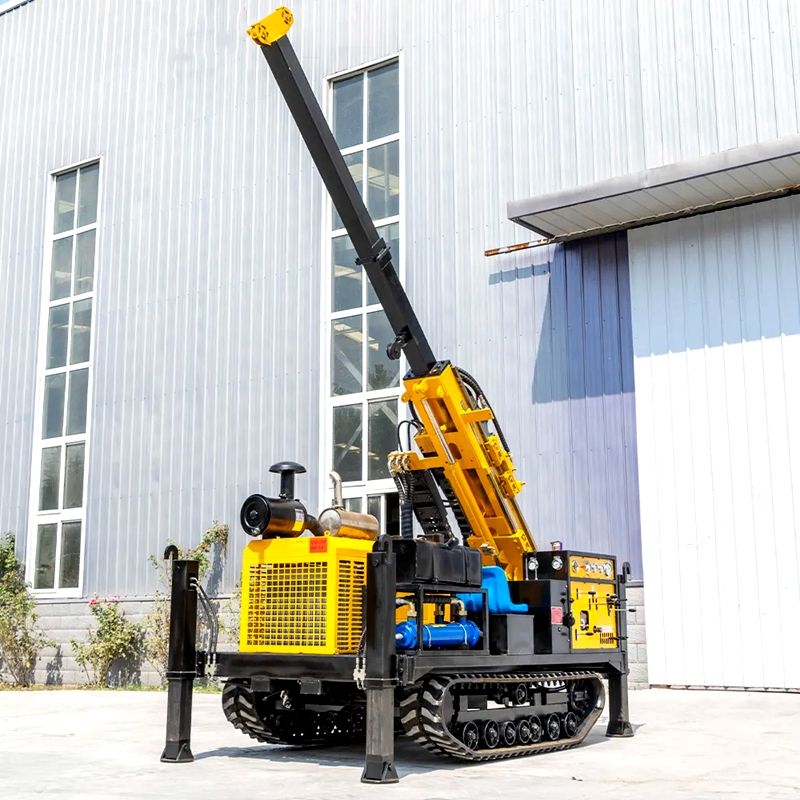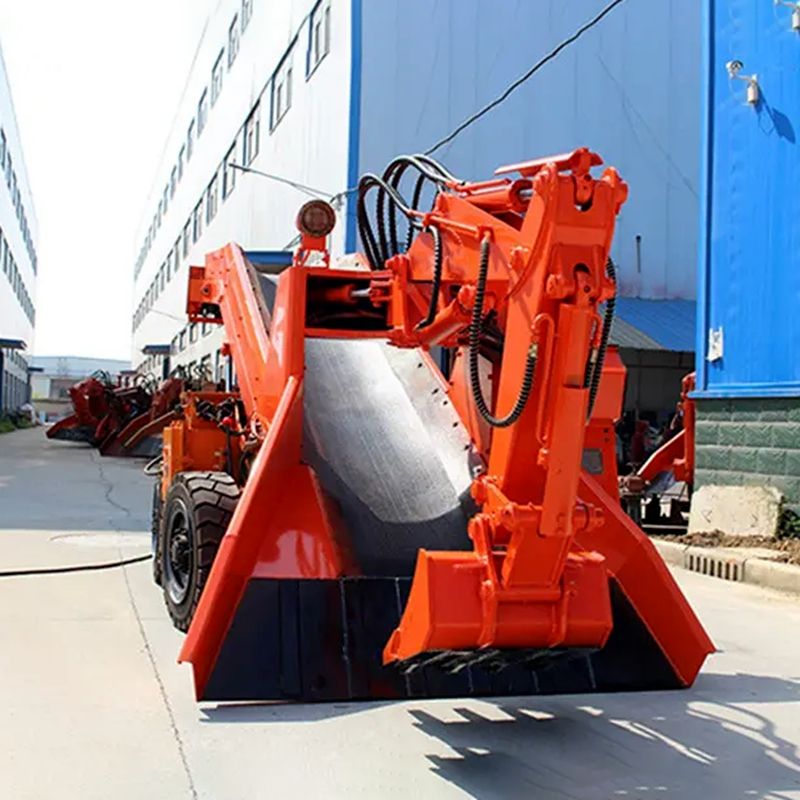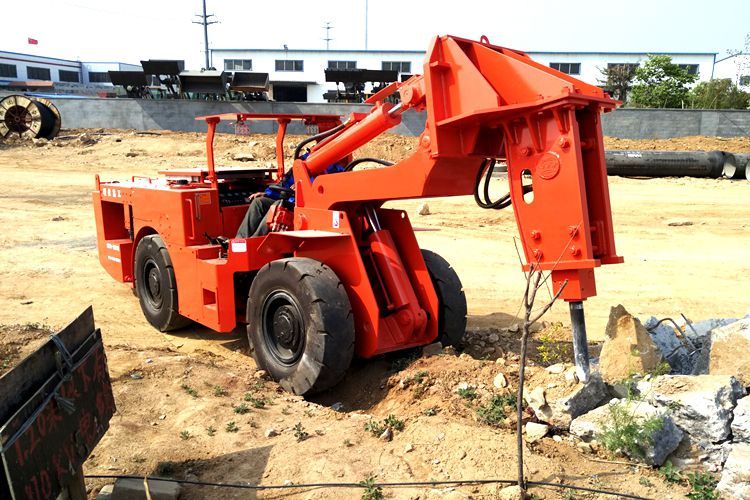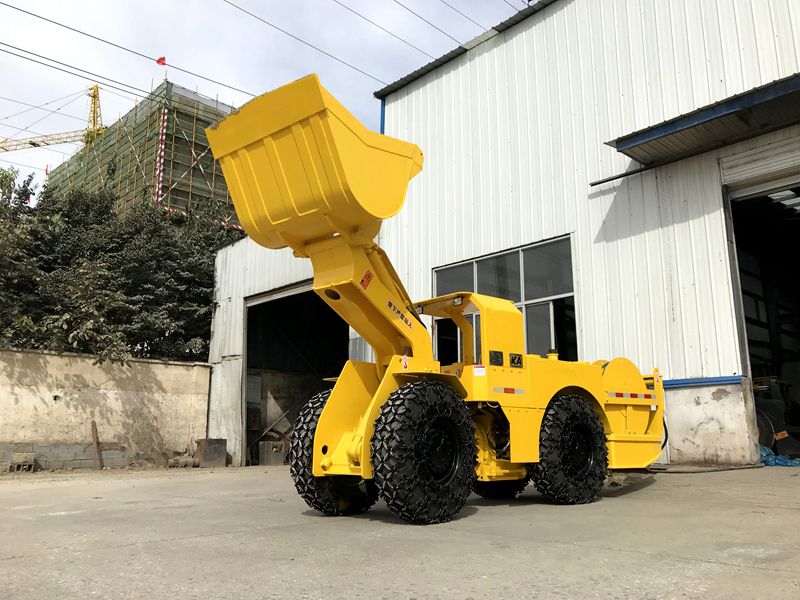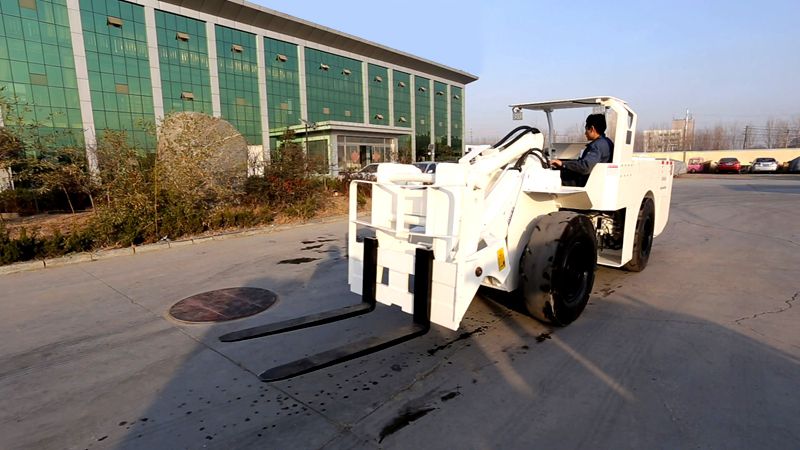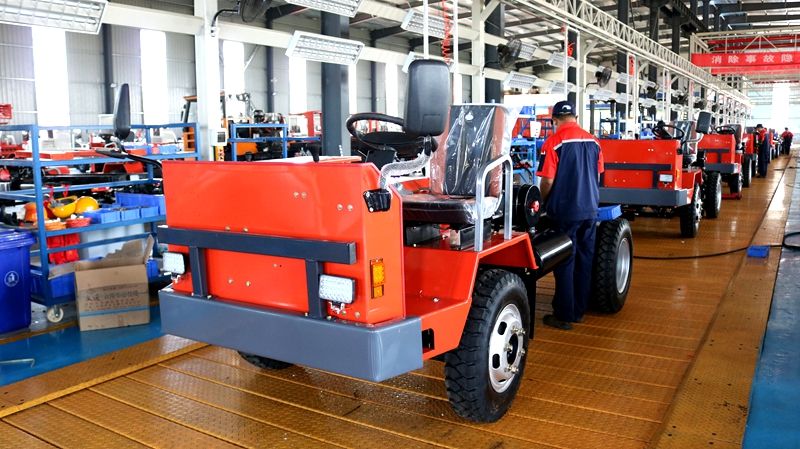Underground Mining Synergy: Machinery + Supplies = Doubled Construction Speed
In the high-stakes world of underground mining, every minute counts. Yet too many operations still measure progress by machine specs alone — horsepower, bucket capacity, or cycle time — while overlooking the silent force that determines real-world performance: the synergy between underground mining machinery and the supplies that sustain it.
What if we told you that doubling your tunnel development speed doesn’t require a new fleet? That the key isn’t more power, but better integration?
The future of underground efficiency lies not in isolated upgrades, but in system-level optimization — where equipment and consumables work as one.
1. The Hidden Cost of Ignoring Supply–Machinery Integration
Most mining companies invest heavily in advanced underground mining machinery — loaders, drills, crushers — but treat wear parts, lubricants, and cutting tools as disposable commodities. This mindset creates a critical performance gap.
Consider a high-capacity tunnel mucking loader designed to move 120 tons per hour. On paper, it’s efficient. In reality, productivity collapses when bucket teeth dull prematurely due to low-grade steel or improper heat treatment. Downtime spikes. Operators blame the machine. But the real culprit? The supply chain.
The truth is simple: machinery performance is only as strong as its weakest consumable.
When drill bits, bucket edges, conveyor liners, or hydraulic filters are mismatched to rock hardness or thermal conditions, even the most sophisticated crawler mucking loader underperforms.
In one copper mine in Zambia, switching to premium tungsten carbide drill bits — just slightly more durable — extended bit life by 300%, reducing changeovers from every 4 hours to every 16.
That’s not just a parts upgrade. That’s a productivity breakthrough.
2. Case Study: How a 30% Supply Upgrade Led to 100% Speed Gain
A gold mine in northern Chile struggled with slow drift advancement. Their underground mining machinery fleet was modern — equipped with jumbo drills and tunnel mucking loaders — yet progress lagged.
Instead of ordering new machines, the operations team audited their consumables.
They discovered that drill rods bent prematurely, ore crusher liners wore out within a week, and hydraulic oil degraded rapidly in high-temperature zones.
So they made three strategic changes:
Switched to high-tensile drill steel with anti-vibration coating
Upgraded ore crusher liners to AR500+ composite material
Installed temperature-regulated hydraulic reservoirs with synthetic oil
Results followed fast:
Drilling speed increased by 42%
Mucking cycles dropped from 8 to 4 per shift
Overall construction speed doubled within six weeks
No new capital expenditure — just smarter system integration.
This proves that equipment and supplies must be engineered together, not purchased separately. When your underground machinery is supported by matched consumables, performance compounds.
3. Real-Time Monitoring: The Smart Bridge Between Machine and Supply
Modern mining machines are increasingly connected. Sensors track engine load, vibration, and temperature. But few systems monitor supply degradation in real time.
Imagine an ore crusher system that predicts liner failure 48 hours before it happens — or a mucking loader that alerts operators when bucket tooth wear exceeds 60%.
These ideas are no longer futuristic. IoT-enabled sensors and AI diagnostics can make this possible.
A mine in Australia installed smart bolt sensors on crushers. When vibration harmonics showed liner loosening, maintenance was triggered automatically — preventing 72 hours of downtime.
Similarly, RFID-tagged drill bits track usage cycles and reorder replacements before failure. These innovations close the loop between machinery performance and consumable health, turning reactive maintenance into predictive optimization.
When your equipment “knows” when parts are failing, you stop guessing — and start planning.
4. Cost vs. Value: Why Cheap Supplies Cost More
It’s tempting to save money upfront — a lower mining excavator price looks good on paper — but if it’s paired with poor-quality bucket pins or weak hydraulic hoses, the total cost skyrockets later.
Smart operators evaluate performance in terms of operational metrics, not initial cost.
| Item | Standard Supply | Premium Supply | Long-Term Impact |
| Drill Bits | Replace every 4–6 hrs | 3× longer lifespan | –60% changeover time |
| Crusher Liners | Short wear life | 3× longer intervals | +22% uptime |
| Mucking Loader Tires | Frequent failures | Reinforced compounds | +15% availability |
When combined with durable underground mining machiner, premium consumables create compound gains: less downtime, fewer repairs, and faster cycle times.
Even moderate improvements can delay the need for a new excavator investment by up to two years — freeing budget for automation and safety upgrades.
5. The Future: Integrated Equipment–Supply Contracts
Forward-thinking mines now adopt performance-based agreements. Instead of buying machines and parts separately, they purchase bundled solutions — machinery, supplies, and maintenance combined.
Examples include:
“Pay per ton crushed” — covering ore crusher operation and liner replacement
“Loader-as-a-Service” — combining mucking loader rental with bucket rebuilds
These models align incentives: suppliers profit only when your machines perform efficiently.
One leading manufacturer offers a tunnel mucking loader package that includes free bucket teeth replacements for 2 years — provided approved lubricants and filters are used. The result: 90% fewer hydraulic failures and 28% faster mucking cycles.
6. Practical Steps Toward Mining Synergy
You don’t need a massive tech overhaul to start. Here’s a 5-step roadmap:
Audit your top 5 consumables — drill bits, bucket teeth, crusher liners, hydraulic oil, tires.
Match supplies to geology — harder rock? Use tungsten carbide. Abrasive ore? Try AR500+ liners.
Partner with OEMs offering integrated packages like Beijun Machiner.
Install simple monitoring tools — vibration sensors or temperature tags on key systems.
Train your team — daily greasing and pre-shift checks can extend part life 3×.
These small steps compound fast. One mine in Laos improved mucking speed by 35% just through better greasing routines.
7. Conclusion: Speed Is a System, Not a Machine
The next breakthrough in underground mining efficiency won’t come from bigger drills or faster loaders — it will come from integration.
When underground mining machinery and supplies operate as one system, you unlock exponential gains. Downtime drops. Throughput rises. Construction speed doubles.
Stop asking, “What’s the cheapest mining excavator price?”
Start asking, “Which ore crusher and supply combination fits my mine best?”
That’s the mindset of the future-ready mine.
That’s how Beijun Machinery helps operators win underground.
👉 Ready to optimize your operation?
Visit Beijun Machinery Contact Page to discuss customized equipment-supply integration for your mine.

